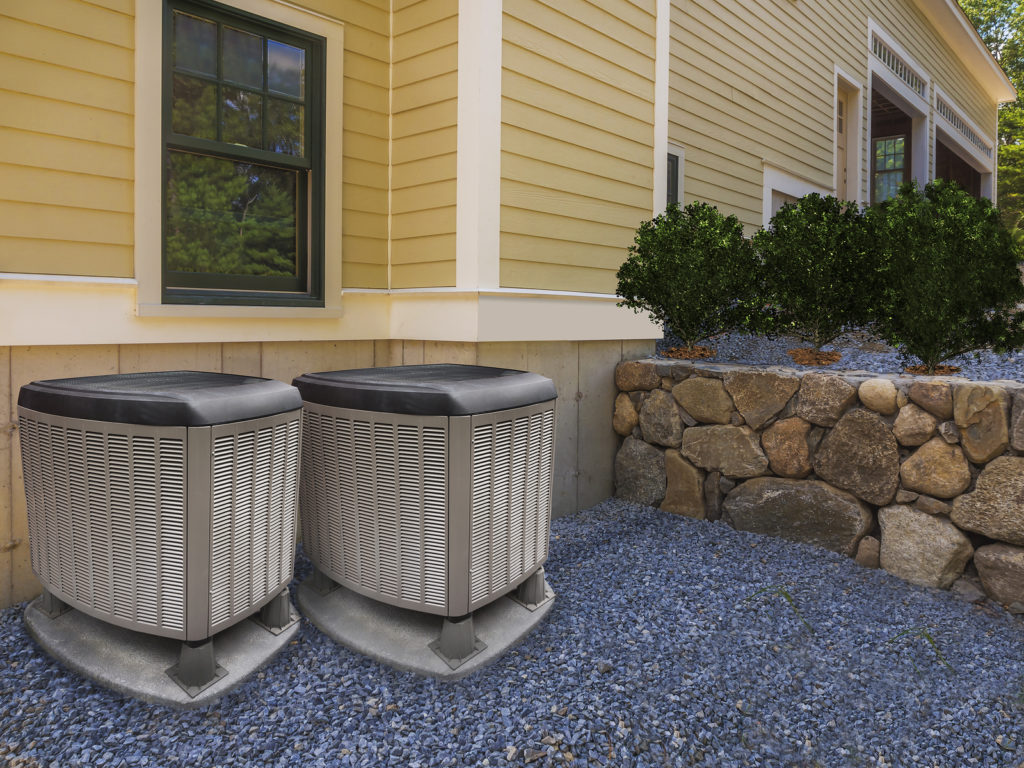Have you ever wondered how the interior of your air conditioner or heat pump works? Considered the most important component in your HVAC system, an air handler cools, cleans and blows conditioned air into your Cheverly, Maryland home. Here’s an overview of an air handler’s features and functions.
The Cabinet
Your air handler sits in a cabinet inside your home. If a service technician has installed the handler recently, they most likely insulated the inside of the cabinet before placing the air handler in it. The insulation stops the unit from creating too much condensation, which can get inside your drywall and cause mold or mildew problems. Condensation is also bad for the air handler itself, since the water can drip onto the system’s electrical components.
The Coils
Your HVAC system has two kinds of coils: evaporator coils and condenser coils. The evaporator coil sits inside your air handler, and the condenser coil sits outside. There’s a heat exchange that takes places inside your air handler, which involves cooling the air that the system distributes throughout your home.
The coils in your air handler are filled with liquid refrigerant that’s extremely cold. When air passes over the refrigerant, the coils absorb the heat in the air, causing the refrigerant to turn into a hot gas. The air gets cooled, and that gaseous refrigerant moves to the outdoor coils where it’s compressed into a cold liquid again. Though all parts of your air handler are responsible for supplying your home with treated air, this is where the air actually achieves its perfect temperature.
The Control Panel
Air handlers depend on electricity to run, and they all include wiring and a control panel. Generally, homeowners don’t need to worry about the control panel. The only time the control panel will matter is if something goes wrong with the wiring, and you need to contact a professional to fix it.
The control panel is where system’s components are controlled; everything is connected to the control panel, except the inputs for electrical power. Service technicians use it to diagnose electrical problems within the unit. If something goes wrong with the control panel, the system can shut off. Part of the reason you need routine HVAC maintenance is to check these electrical components and ensure all of them are working properly.
The Blower
To move the treated air into the ducts, your air handler uses a blower fan that has its own motor. The fan draws air into your air handler from your house. It also pushes the air into the ducts, forcing it into each room connected to the duct system.
When you hear the air conditioning turn on, you’re likely hearing the blower motor hum. You’re also hearing the air flowing through the air handler, through the ducts and out of the vents.
The Filter
If there wasn’t an air filter in your air handler, it would draw all kinds of debris into the system. Pet hair, pollen and dust mites would collect on the coils. Eventually, that debris would blow through the ducts and make the electrical components filthy. You don’t want to breathe in this gunk, and you don’t want it inside your HVAC system either.
That’s why you have an air filter, which catches most of those particulates. This keeps your air handler, ducts and indoor air clean. To help your system remain clean, change your filter at least every three months. You should also get a filter capable of filtering out most allergens, but don’t purchase a HEPA filter unless you have asthma. Most blowers have a hard time sucking air through a HEPA filter, and it’ll harm your HVAC system in the long run to force it to do so.
Your air handler needs professional maintenance once or twice a year to keep it running in top shape. Contact Griffith Energy Services at 888-474-3391 to schedule a visit from a NATE-certified service technician. We’ll ensure your AC or heat pump operates at peak efficiency.
Image provided by Bigstock




